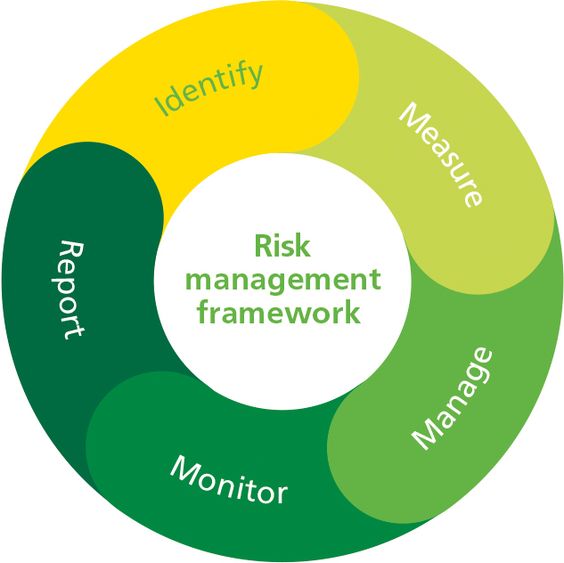What is Risk Management?
Risk management is an integral part of any organization. It is an organized approach to identify, analyze, and respond to potential risks that could affect the organization’s operations and objectives. Risk management framework is a set of principles, guidelines, and processes used to manage the risks associated with an organization’s activities. It helps organizations to identify, assess, and respond to risks in a systematic and proactive manner.
Risk management is the process of identifying, analyzing, and responding to risks that could potentially affect an organization’s operations and objectives. Risk management involves the identification and assessment of risks, the development of strategies to respond to those risks, and the implementation and monitoring of those strategies. Risk management is an essential part of any organization’s operations, as it helps to ensure that the organization is able to identify, assess, and respond to potential risks in a timely and effective manner.
The Need for Risk Management
Risk management is an essential part of any organization’s operations. Without effective risk management, organizations are unable to identify and respond to potential risks, which can lead to costly mistakes and missed opportunities. Risk management is also important for organizations to ensure that they are able to identify and respond to potential risks in a timely and effective manner.
Risk Management Framework
A risk management framework is a set of principles, guidelines, and processes used to manage the risks associated with an organization’s activities. The purpose of a risk management framework is to provide a structured approach for organizations to identify, assess, and respond to potential risks in a systematic and proactive manner.
The Components of Risk Management Framework
A risk management framework consists of four main components:
1. Risk Identification – The process of identifying potential risks that could affect the organization’s operations and objectives.
2. Risk Assessment – The process of analyzing potential risks to determine their likelihood and impact.
3. Risk Response Strategies – The process of developing strategies to respond to identified risks.
4. Risk Monitoring and Review – The process of monitoring and reviewing the effectiveness of risk management strategies.
Identifying and Assessing Risks
The first step in the risk management process is to identify and assess potential risks. This involves identifying potential risks that could affect the organization’s operations and objectives, and then assessing the likelihood and impact of those risks. This process should involve a thorough analysis of the organization’s operations and objectives in order to identify potential risks.
Developing Risk Response Strategies
Once potential risks have been identified and assessed, the next step is to develop strategies to respond to those risks. This involves developing strategies to mitigate, transfer, or accept the risks. This process should involve a thorough analysis of the organization’s operations and objectives in order to develop effective strategies to respond to potential risks.
Monitoring and Reviewing Risks
The final step in the risk management process is to monitor and review the effectiveness of risk management strategies. This involves monitoring and reviewing the effectiveness of risk management strategies on an ongoing basis in order to ensure that they are effective and up to date.
You might find these FREE courses useful
- Implementing a Risk Management Framework
- Cybersecurity Risk Management Framework Specialization
- Operational Risk Management: Frameworks
- Credit Risk Management: Frameworks and Strategies
Conclusion
Risk management is an essential part of any organization’s operations. Risk management framework is a set of principles, guidelines, and processes used to manage the risks associated with an organization’s activities. It helps organizations to identify, assess, and respond to risks in a systematic and proactive manner. Risk management is an ongoing process that involves identifying and assessing potential risks, developing strategies to respond to those risks, and monitoring and reviewing the effectiveness of those strategies.





